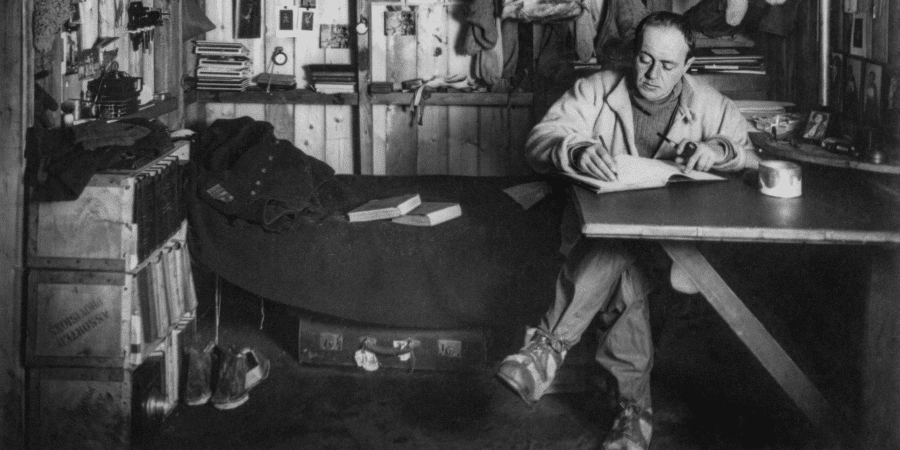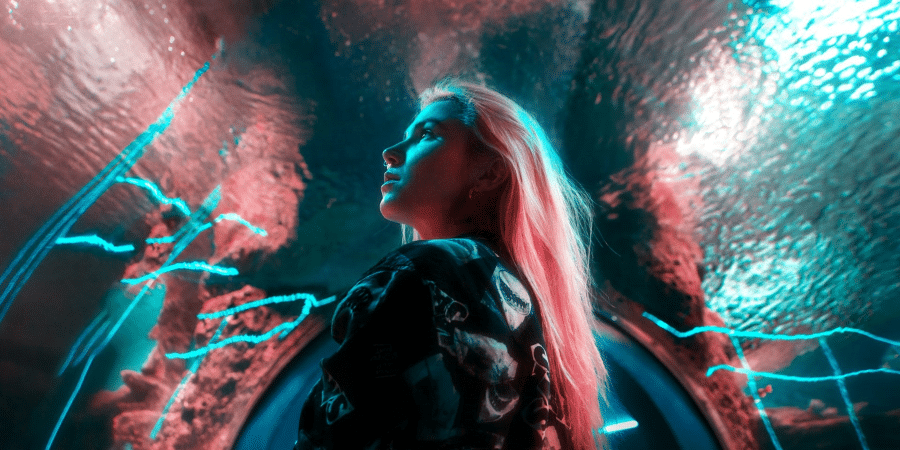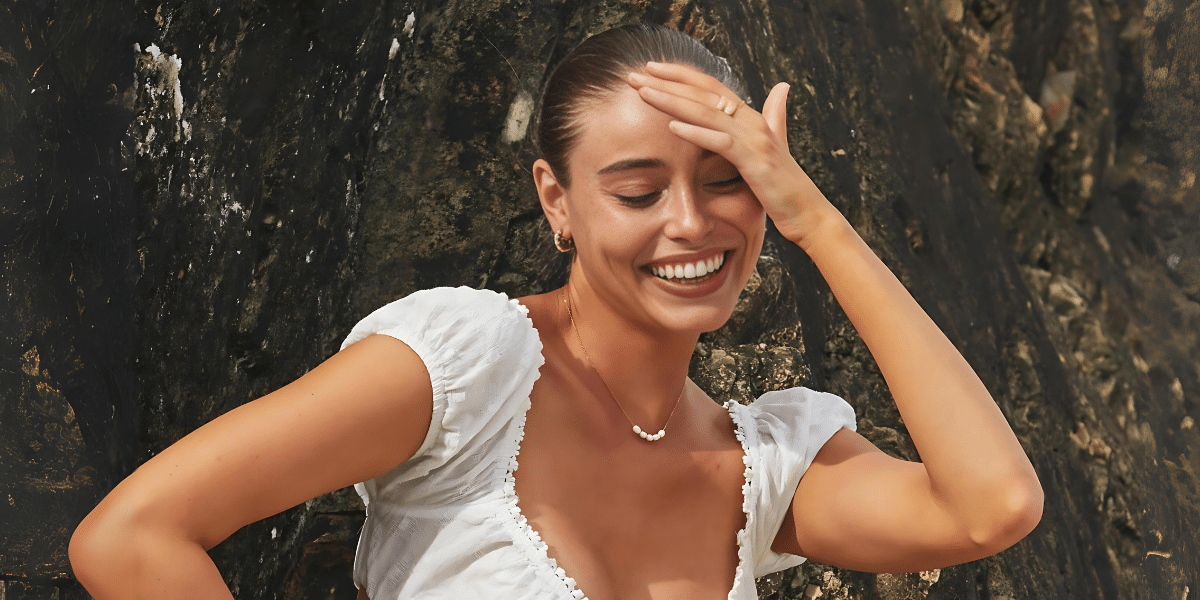Evolution of Television Shows: From Rabbit Ears to Streaming Wars
Television shows have come a long way since the days of black-and-white screens and limited programming options. Over the decades, we’ve witnessed a remarkable transformation in the world of television, driven by advancements in technology, changes in audience preferences, and shifts in the entertainment landscape. In this article, we’ll take a nostalgic journey through the evolution of television shows, exploring how they have changed and adapted to meet the demands of viewers in the digital age.
The Early Days: From Broadcast to Cable
Television made its debut in the early 20th century, but it wasn’t until the 1950s and 1960s that it became a staple in households across America. During this time, television shows were primarily broadcast over the airwaves, with families gathering around their television sets to watch their favorite programs. These shows were often produced by major networks like NBC, CBS, and ABC and followed a traditional format of episodic storytelling with self-contained plots.
In the 1970s and 1980s, the rise of cable television brought about a new era of television programming, with the introduction of specialty channels dedicated to specific genres and interests. This expansion of the television landscape gave rise to a diverse range of shows catering to niche audiences, from sports and news to music and movies. Cable networks like HBO, MTV, and CNN revolutionized the industry, paving the way for more diverse and innovative storytelling.
The Golden Age of Television
The 1990s and early 2000s are often referred to as the “Golden Age of Television,” marked by an explosion of creativity and experimentation in the medium. This era saw the emergence of groundbreaking shows like “The Sopranos,” “The Wire,” and “Friends,” which pushed the boundaries of storytelling and captured the imaginations of audiences around the world.
During this time, advances in technology, such as the rise of DVD box sets and digital recording devices, made it easier for viewers to access and binge-watch their favorite shows on their own schedule. This shift in viewing habits gave rise to the concept of “appointment television” and paved the way for the binge-watching phenomenon that we see today.
The Digital Revolution: Streaming and On-Demand
The 2010s brought about a seismic shift in the television landscape with the advent of streaming services like Netflix, Hulu, and Amazon Prime Video. These platforms revolutionized the way we consume television shows, offering a vast library of content available on-demand and ad-free for a monthly subscription fee.
Streaming services not only changed how we watch television but also how shows are produced and distributed. With the rise of streaming, traditional networks faced increased competition from digital upstarts, leading to a proliferation of original programming and a blurring of the lines between television and film.
The Rise of Peak TV and Fragmentation
In recent years, we’ve seen an explosion of content dubbed “Peak TV,” characterized by an abundance of high-quality shows across a multitude of platforms. This era of Peak TV has led to increased fragmentation in the television landscape, with viewers having more choices than ever before.
Today, audiences can choose from a dizzying array of options, from network television and cable channels to streaming services and digital platforms. This fragmentation has led to a more diverse and fragmented audience, with viewers gravitating towards shows that cater to their specific interests and tastes.
The Future of Television
Looking ahead, the future of television shows is likely to be shaped by continued advancements in technology, changes in audience behavior, and shifts in the entertainment industry. As streaming services continue to dominate the market, we can expect to see more original programming, innovative storytelling formats, and interactive viewing experiences.
Additionally, emerging technologies such as virtual reality (VR), augmented reality (AR), and artificial intelligence (AI) are poised to revolutionize the way we consume and interact with television content. These technologies have the potential to create more immersive and personalized viewing experiences, blurring the lines between reality and fiction.
The Best is Yet to Come
Television shows have undergone a remarkable transformation over the decades, driven by advancements in technology, changes in audience preferences, and shifts in the entertainment landscape. From the early days of broadcast television to the rise of streaming services and digital platforms, television shows have evolved to meet the demands of viewers in the digital age. As we look to the future, the possibilities for television are endless, with emerging technologies poised to revolutionize the medium once again. Whether you’re a fan of classic sitcoms, binge-worthy dramas, or cutting-edge sci-fi, one thing is clear: the evolution of television shows is far from over.
















